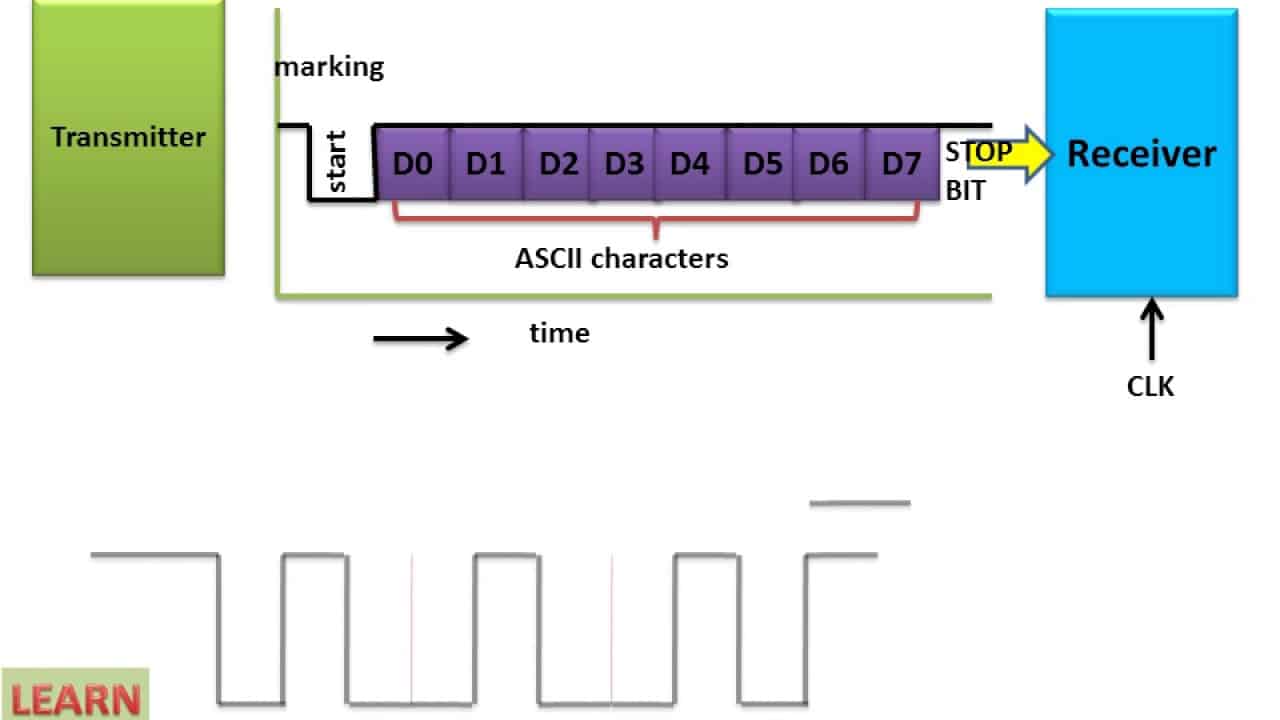
Main Differences between Synchronous and Asynchronous Transmission
Overview of Synchronous Transmission
– Time-sensitive, data is transmitted at a constant rate- Requires both sender and receiver to be synchronized- Clock signals are used to coordinate data transmission
Overview of Asynchronous Transmission
– Data is sent in individual units without a continuous clocking signal- Start and stop bits are used to identify the beginning and end of each byte- No need for sender and receiver to be synchronized
| Aspect | Synchronous Transmission | Asynchronous Transmission |
|---|---|---|
| Timing | Constant | Variable |
| Synchronization | Required | Not required |
| Overhead | More | Less |
| Efficiency | High | Lower |
Highlighted text represents key points for each type of transmission.

Synchronous Transmission Characteristics
Time Dependency
– In synchronous transmission, data is sent at a constant rate, making it time-sensitive.- It requires precise timing for successful data transfer.
Clock Signal Usage
– Synchronous transmission relies on clock signals to coordinate data exchange.- Both the sender and receiver need to be synchronized for effective communication.
| Aspect | Synchronous Transmission | Asynchronous Transmission |
|---|---|---|
| Timing | Constant | Variable |
| Synchronization | Required | Not required |
| Overhead | More | Less |
| Efficiency | High | Lower |
Highlighted text represents key points for each type of transmission.

Synchronous Transmission Characteristics
Time Dependency
– In synchronous transmission, data is sent at a constant rate, making it time-sensitive.- It requires precise timing for successful data transfer.
Clock Signal Usage
– Synchronous transmission relies on clock signals to coordinate data exchange.- Both the sender and receiver need to be synchronized for effective communication.
| Aspect | Synchronous Transmission | Asynchronous Transmission |
|---|---|---|
| Timing | Constant | Variable |
| Synchronization | Required | Not required |
| Overhead | More | Less |
| Efficiency | High | Lower |
Highlighted text represents key points for each type of transmission.
Asynchronous Transmission Characteristics
Start and Stop Bits
– Asynchronous transmission uses start and stop bits to indicate the beginning and end of each character.
Variable Timing between Characters
– There is no fixed time interval between characters in asynchronous transmission.- Each character is sent independently, allowing flexibility in data exchange.

Synchronous vs. Asynchronous Transmission in Data Transfer
Data Flow Comparison
Synchronous transmission operates at a constant rate, necessitating precise timing for data exchange. In contrast, asynchronous transmission allows variable timing between characters with the use of start and stop bits for individual character delineation.
Efficiency and Speed Variations
Synchronous transmission demands synchronization between sender and receiver, making it more efficient but with higher overhead. Asynchronous transmission, on the other hand, offers flexibility in data exchange without the need for strict synchronization, resulting in lower efficiency but with reduced overhead.

Applications of Synchronous and Asynchronous Transmission
Real-Time Communication
– Synchronous transmission is commonly used in real-time communication systems where precise timing is crucial, such as in telecommunication networks.- Asynchronous transmission is suitable for applications where variable timing can be accommodated, like email communication or online chat platforms.
File Transfers and Data Storage
– Synchronous transmission is preferred for high-speed data transfers where efficiency is prioritized, like in LAN networks.- Asynchronous transmission is often used for data storage systems where flexibility in timing and lower overhead are more important than speed, such as in cloud storage services.
